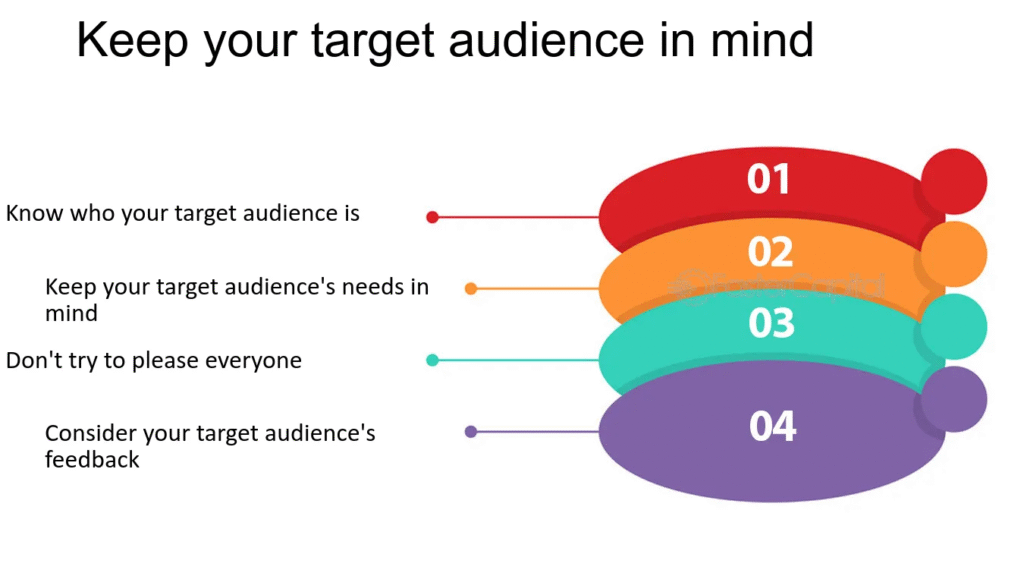Content marketing has emerged as one of the most credible strategies for creating awareness, attracting targeted audiences, and developing them into loyal customers.
Nevertheless, a lack of a rule can easily result in time wastage and lost opportunities in the creation of random and unstructured content.
This is where a consistent content marketing plan would help.
Define Clear Objectives
Setting objectives is the stepping stone to creating an effective content strategy.
Content has to have a purpose that is aimed at enhancing the comprehensive development of the business.
The goals can include such things as raising awareness of the brand, lead generation, or retention of customers.

In order to make these goals practical, it is prudent that one aligns such goals with measurable outputs.
As an example, it is possible to mention that goals should also be linked to traffic increase, social media activity, or the conversion rate.
Certain goals can be planned to avoid the random process of content creation and generate content with a particular objective in mind.
Identify Target Audience
It is as important to know the intended audience as the content of the materials to be presented. The target audience must be characterized as a demographic, preferences, behaviors, and challenges.

An insight into such areas enables content creators to make material that will resonate and add value.
Audience research should consist of studying the forums, trends in searching, and industry information to know what people actively seek.
With the audience determined, the content topics, tone, and style/format can be fine-tuned to suit the specifics of the audience.
Conduct a Content Audit
It involves reviewing existing materials to understand what has been published, how it performed, and what gaps remain.
This step helps avoid duplication and provides insight into areas where fresh material is needed.
Key questions during an audit include:
- Which pieces of content have performed well?
- What topics are missing?
- Which format generates the most engagement?
Research Relevant Topics
Content creation presupposes a solid basis of relevant and useful topics for the audience. Keyword researches have a significant role in this.
Determining the search terms and popular topics makes sure that the new material will coincide with the material that people are consciously seeking online.
The idea is not only to do content publishing, but also to develop materials answering the real questions of the audience.
Combining the green topics and contemporary revelations may preserve long-term visibility and respond to changes in the business.
Build a Content Calendar
A content calendar is an organizational structure for a content marketing plan. It plans how and where the content will be posted.

This avoids the case of inconsistent posting and maintains the stability of the content efforts.
Calendars typically include details such as:
- Publishing dates
- Content type
- Distribution channels
- Target keywords
- Assigned creators or editors
Optimize Content for Search Engines
Content needs to be visible in search. Maximizing the searchability of every content will maximize the opportunities of attracting more people.
Optimization measures/practices:
- Add relevant keywords naturally
- Writing with meta titles and meta descriptions
- Structuring content with clear headings
- Using internal and external links
- Ensuring fast loading speeds and mobile compatibility
Consecutive implementation of the given practices enhances the organic reach and increases the overall authority of search results.
Establish a Distribution Strategy
Creating content is only half the task. Distributing it effectively ensures it reaches the intended audience. Distribution may include:
- Sharing on social media platforms
- Sending content through email newsletters
- Partnering with industry publications
- Repurposing content into different formats for a broader reach
With prior distribution planning, each content is given the required exposure to achieve its purpose.
Track and Measure Performance
Performance tracking is a sure element of a content marketing plan. Tracking the level of impressions, clicks, shares, and engagement rates that determine conversions would help teams judge the effectiveness of the content to achieve the goals.

Blog performance example
Consistent critique has room to be enhanced, too. In case some formats/topics work better, then such information can be used going forward to refine plans.
Monitoring will facilitate the fact that the plan can change during a given period and is effective.
Continuously Refine the Strategy
Content marketing is not promises. The preferences of the audience, trends, and search algorithms frequently alter.
A content marketing plan needs to be dynamic and adjusted in line with current performance metrics to stay productive.
The strategy can be refined by changing publishing frequency, trying new forms of content, or seeking new forms of distribution channels.
How to Build A Content Marketing Plan?
To make an effective strategy, the following things should be considered:
- Maintain a consistent voice across the content
- Focus on providing genuine value rather than promotional material
- Align every piece of content with the overall mission
- Reuse and repurpose successful content for different platforms
- Encourage audience interaction through comments and feedback
Conclusion
A content marketing plan should be well-designed so that it is clear, consistent, and measurable.
Setting goals, understanding the target audience, creating a content plan, strategizing searchability, and measuring results translate content into a weapon of long-term growth.
Steady and well-planned content marketing will remain a success even amid the competitive digital climate with a careful and flexible approach.
FAQs
1. What is a content marketing plan, and why is it important?
It offers organizations, aligns content with business objectives, and makes results consistent and measurable.
2. What is the frequency of a content plan update?
Routine reviews, which usually take place on a quarterly basis, are provided to readjust the strategy as per the insights provided by performance and other changes in the industry.
3. What should SEO do in a content plan?
SEO makes it such that content is searchable, thus reaching out to larger audiences and organic traffic.
4. What needs to be in a content calendar?
It must contain publication and dates, subject, keywords, formats, and channels of distribution to enhance organization and consistency.
5. What is the worst kind of content planning mistake?
Among the most common ones, publishing without any specific plan would be one of the most prominent ones that results in incoherent work done and little or no effect.








